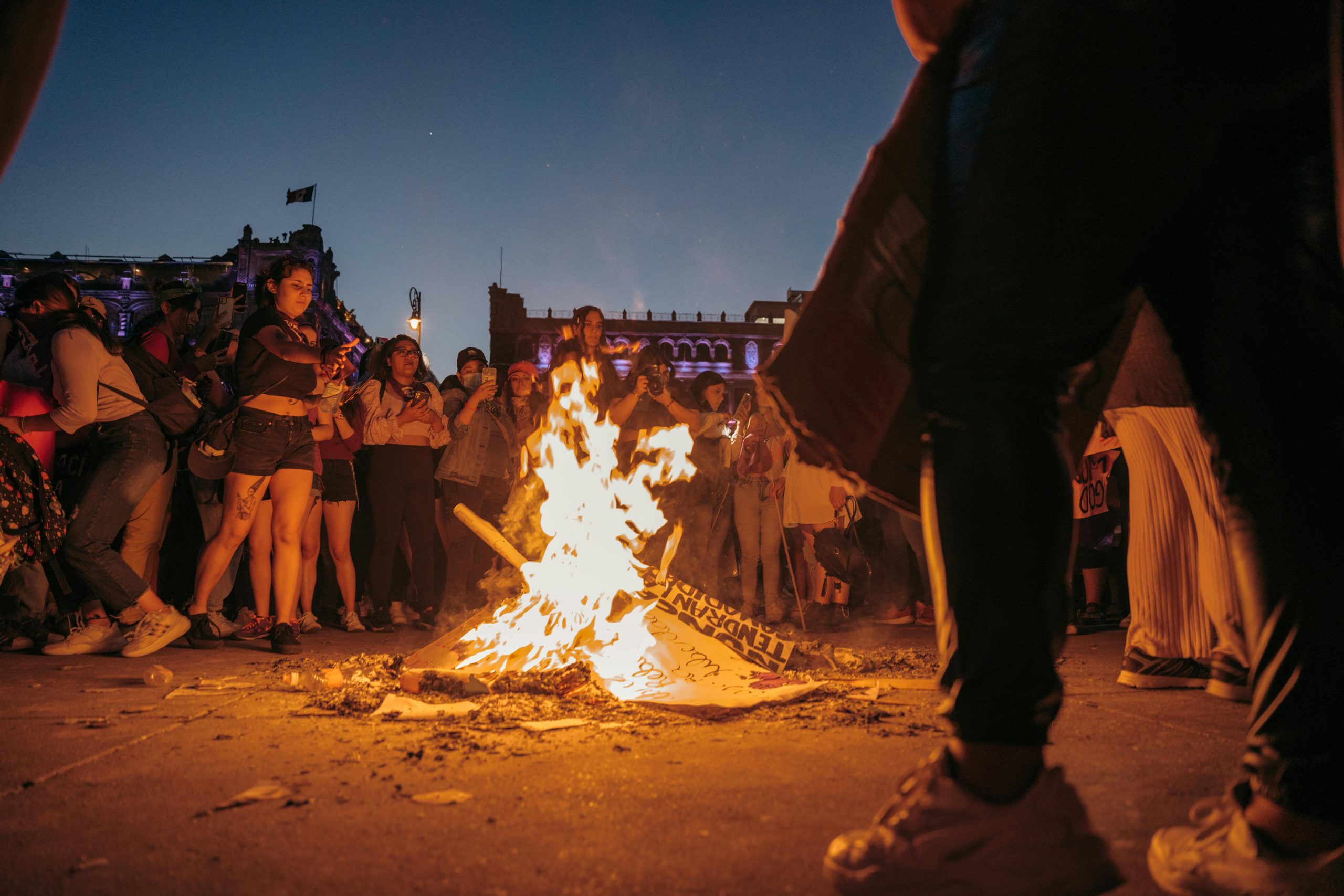Title: The Impact of the Tooley Street Fire on the Establishment of the London Fire Brigade
The question of whether the London Fire Brigade would have been established without the catalyst of the Tooley Street fire is a fascinating topic in the history of urban firefighting. The Tooley Street fire, which occurred in 1861, was a catastrophic event that revealed the dire need for a structured and responsive firefighting organization in the capital.
Before the fire, firefighting in London was largely ad hoc, relying on independent volunteer brigades and a patchwork of local garrisoned firefighting efforts. The devastating Tooley Street incident, which resulted in significant property damage and loss of life, underscored the necessity for a centralized, professional fire service. It exposed the vulnerabilities of the existing system and galvanized public opinion on the urgent need for reform.
In the wake of this disaster, the push for a well-organized fire brigade gained momentum. It led to the establishment of a permanent fire service in London in 1866. This new brigade not only aimed to improve response times and coordination but also introduced professional training standards, better equipment, and strategic planning for fire prevention.
While it’s conceivable that the London Fire Brigade may have eventually been created without this particular fire, it is clear that the urgency and public demand for a more effective fire service escalated significantly in its aftermath. The Tooley Street fire served as a turning point, highlighting the risks of an uncoordinated firefighting approach and ultimately shaping the future of fire safety in one of the world’s largest cities.
In conclusion, the Tooley Street fire was instrumental in the formation of the London Fire Brigade, emphasizing the pressing necessity for a professional body dedicated to protecting the city’s residents and infrastructure. Without such pivotal events in history, the evolution of emergency services might have been markedly different. Would the London Fire Brigade have been founded eventually? Perhaps, but the urgency catalyzed by this fire made its inception a priority that could not be ignored.


Insight into the Origins of London’s Fire Services
It’s truly fascinating to consider how pivotal moments like the Tooley Street fire shaped the development of London’s firefighting capabilities. While some might argue that the establishment of a formal fire brigade could have naturally occurred over time—a gradual recognition of the need for a centralized organization—it’s evident that such catastrophic events often act as catalysts for swift reform.
Notably, the fire exposed critical vulnerabilities in the city’s firefighting efforts, including:
These issues highlight how a major disaster can accelerate the push for structured change. In the context of London’s growth as a bustling metropolis, the urgency to protect both lives and property was undeniable. Events like the Tooley Street fire likely expedited legislative and organizational reforms, making the eventual creation of the fire brigade not just inevitable, but urgent.
As a London resident, I appreciate understanding how such historical tragedies influence modern emergency services. They serve as stark reminders of the importance of preparedness, professionalism, and continuous improvement in safeguarding our city’s future.
Insightful Perspective on the Formation of the London Fire Brigade
It’s fascinating to consider how pivotal moments like the Tooley Street fire can accelerate the development of vital services such as the London Fire Brigade. As a fellow resident, I appreciate how this tragic event exposed the vulnerabilities of the existing firefighting arrangements, highlighting the need for a structured and professional approach.
Beyond this particular incident, I believe several other factors contributed to the eventual establishment of the brigade:
Moreover, today’s fire safety measures, including building codes and modern firefighting techniques, owe their roots to lessons learned during and after events like the Tooley Street fire. It’s a stark reminder of how tragedy can catalyze progress, ultimately protecting countless lives and properties in a bustling metropolis like London.
Understanding this history encourages us to value and support our local emergency services, recognizing that continuous improvement is vital to meet the evolving challenges of urban life. Truly, the Tooley Street fire was a catalyst, but ongoing innovation and public awareness have